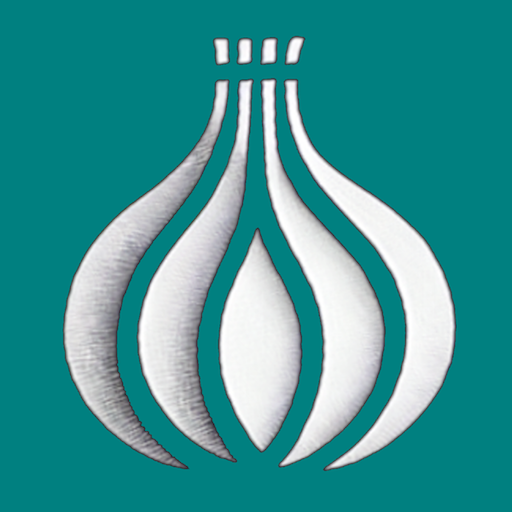Keyword research is the first step to improving your Shopify store’s SEO. By finding the right keywords, you can increase your site’s visibility and attract more target customers. Here are some specific steps to help you conduct effective keyword research on Shopify.
1. Understand Your Target Audience
Before you start keyword research, you need to understand your target audience. Who are they? What are their needs and preferences? Understanding this information will help you determine which keywords are most likely to attract them.
2. Use Google Keyword Planner
Google Keyword Planner is a free and powerful tool for keyword research. You can input words related to your product or service to get a list of keyword suggestions and their search volume data.
- Log in to your Google Ads account and access the Keyword Planner tool.
- Choose “Discover new keywords” and enter relevant product or service terms.
- Review the list of keyword suggestions generated by the tool, noting the average monthly search volume and competition level for each keyword.
3. Analyze Competitors
Competitors are a valuable source of information for your keyword research. Visit your competitors’ Shopify stores and examine the keywords they use in their product descriptions, titles, and blog posts.
- Identify your main competitors.
- Visit their websites and browse different product pages and blog posts.
- Note down the keywords they frequently use and add them to your keyword list.
4. Use Shopify’s Built-in SEO Tools
Shopify itself provides some basic SEO tools to help you optimize keyword usage.
- In your Shopify admin, go to “Online Store” > “Preferences.”
- In the “Title and meta description” section, enter your target keywords.
- Ensure your keywords appear in product titles, descriptions, URLs, and image ALT tags.
5. Long-Tail Keywords
Long-tail keywords consist of multiple words and have lower search volumes but also lower competition. These keywords are usually more specific and can result in higher conversion rates.
- Use Google Keyword Planner or other keyword research tools (such as Ahrefs or SEMrush) to find relevant long-tail keywords.
- Integrate these long-tail keywords into your product descriptions, blog posts, and other pages of your store.
6. Track and Adjust
Keyword research is not a one-time task but an ongoing process. Regularly track your keyword performance and make adjustments based on the data.
- Use Google Analytics or Shopify’s built-in reporting tools to see which keywords drive the most traffic and conversions.
- Regularly update your keyword list, removing underperforming keywords and adding new high-performing ones.
Conclusion
Conducting effective keyword research on Shopify requires time and effort, but it is essential for improving SEO and attracting target customers. By understanding your audience, using tools, analyzing competitors, optimizing long-tail keywords, and continuously adjusting, you can continually improve your Shopify store, gaining more organic traffic and sales opportunities.



